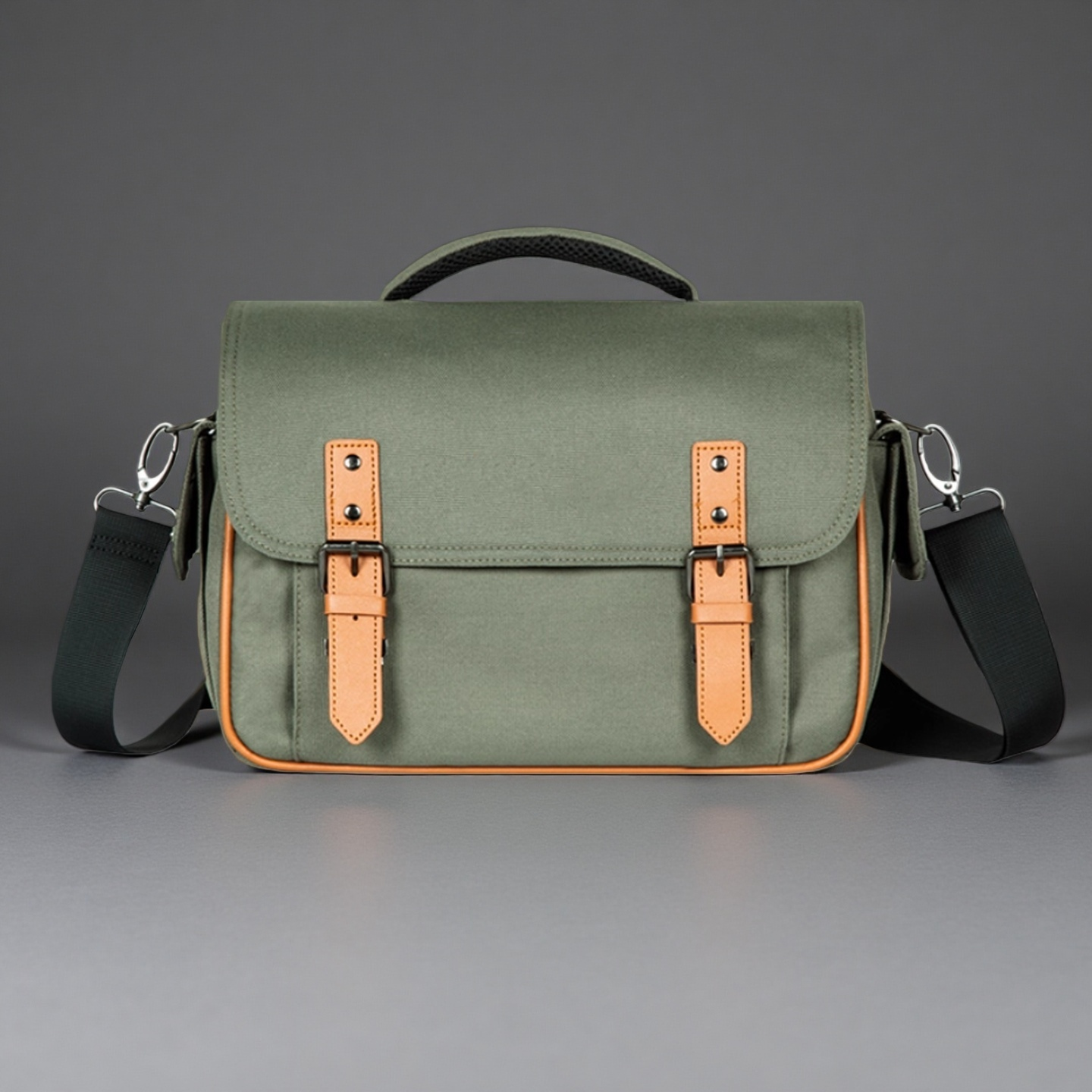
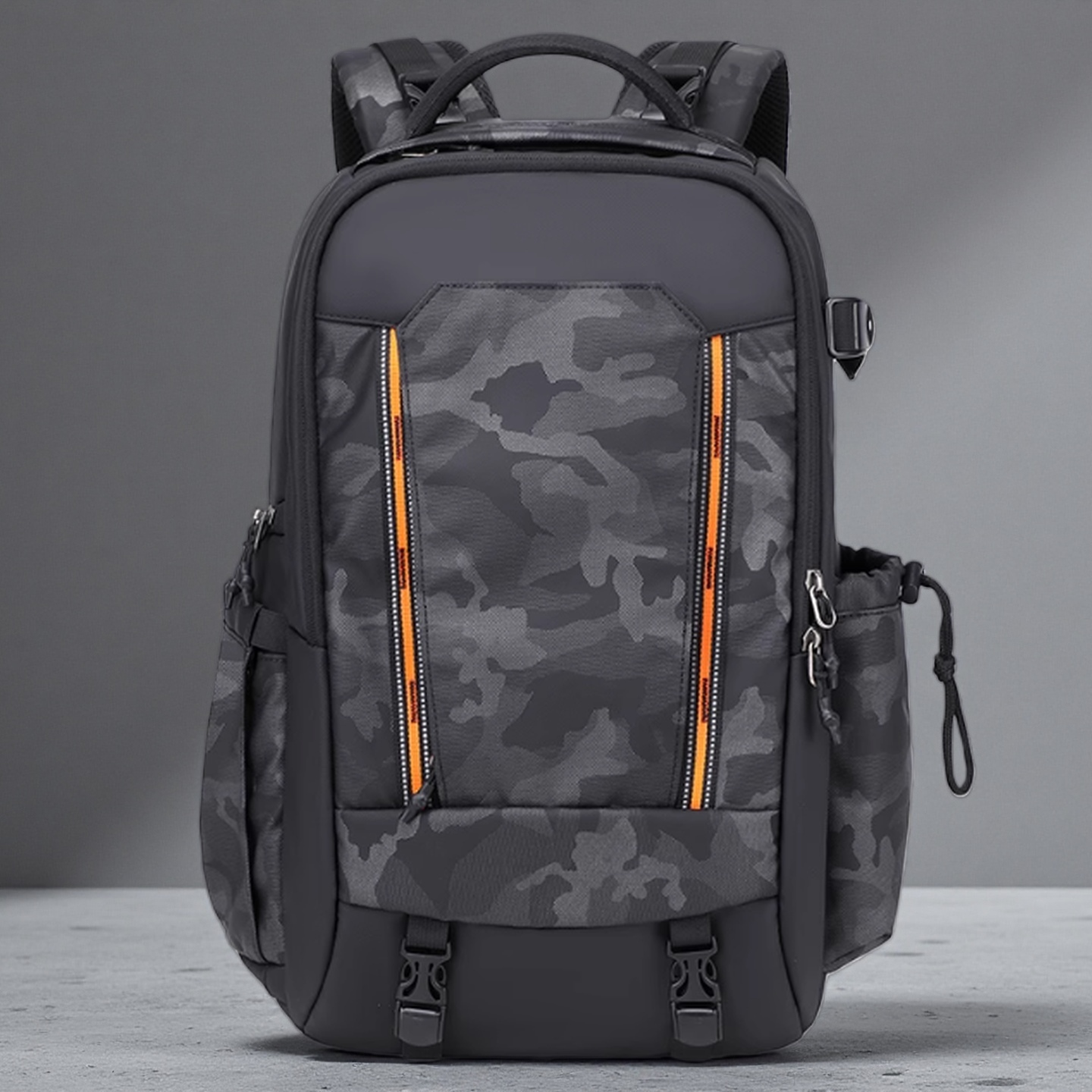
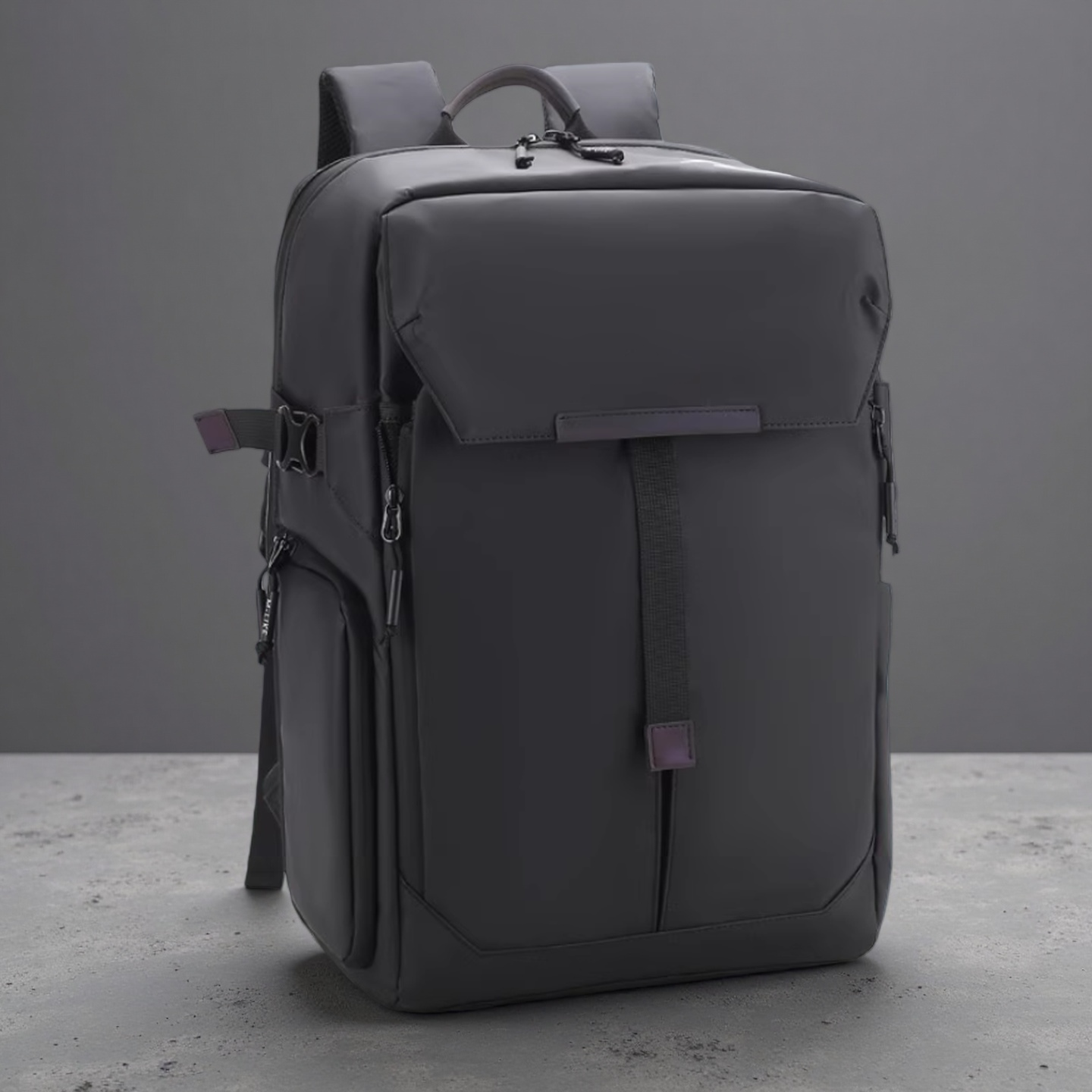
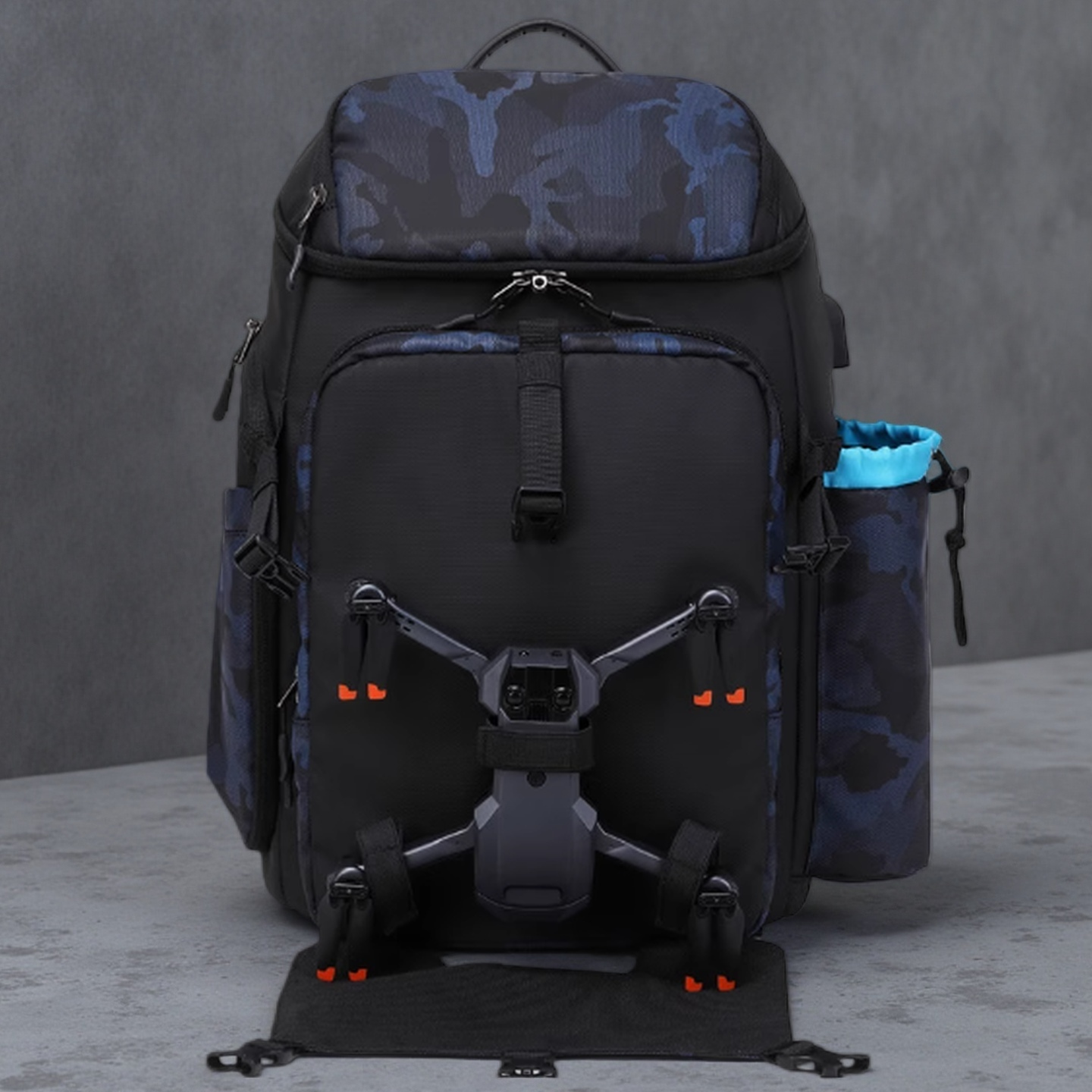




When selecting bags for everyday use, the choice of material impacts not just aesthetics, but sustainability and practicality. In Europe, where 67% of consumers prioritize eco-friendly products (European Commission 2023) and 82% value durability in accessories (Euromonitor 2024), the debate between organic cotton canvas and recycled polyester is reshaping commercial decisions. While both fabrics dominate the market, their strengths cater to distinct scenarios – from urban commuter totes to event merchandise. Let’s dissect how these materials perform where it matters most.
A 2024 McKinsey study reveals:
73% of European retailers report increased wholesale orders for bags with certified sustainable materials
Water-resistant functionality improves repeat purchases by 41% in rainy climates like the UK and Scandinavia
Minimalist designs account for 58% of corporate merchandise requests
This makes your material selection a strategic brand statement.
Pros
Biodegradable Credentials
Certified by GOTS (Global Organic Textile Standard), decomposes within 5 months in industrial composting vs. 200+ years for conventional plastics. Ideal for brands targeting EU’s Circular Economy Action Plan compliance.
Premium Texture
Natural fiber weave creates a tactile, luxury feel preferred for high-end boutiques and artisan markets. Milanese buyers report 22% higher price tolerance for organic cotton luxury totes.
Temperature Resilience
Maintains integrity in Southern Europe’s heat (tested up to 40°C) without plastic degradation risks.

Cons
Water Vulnerability
Requires PFC-free waterproof coatings (adds €0.85-1.20/unit), critical for DACH region buyers.
Weight Constraints
18oz canvas weighs 470g/m² vs. 210g/m² for 600D polyester – impacts shipping costs for bulk orders.
Pros
Ocean Plastic Redemption
Each metric ton of rPET diverts 23,000 bottles from landfills – a key story for Nordic ESG-focused distributors.
Weatherproof by Design
Inherent water resistance cuts returns by 37% in UK markets (Bags Industry Report 2023).
Print Precision
Holds complex CMYK gradients at 1200dpi – crucial for brand merch at events like Oktoberfest or UEFA sponsorships.
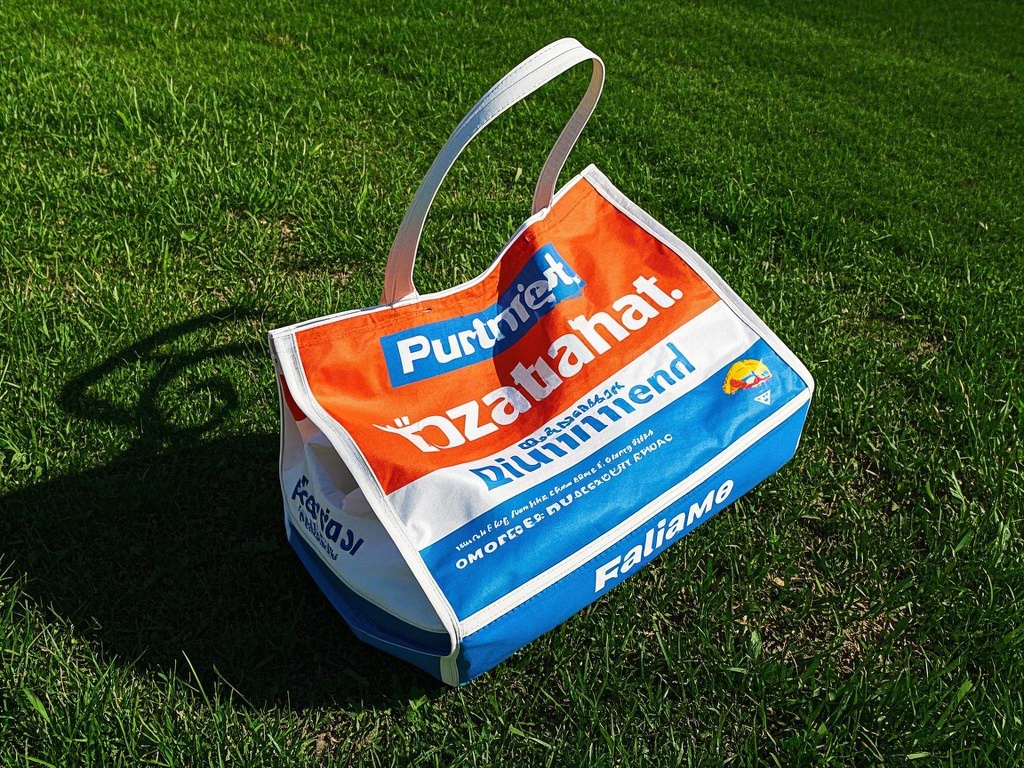
Cons
Microplastic Shedding
Releases 1,900 fibers/wash (Plymouth University study), requiring Guppyfriend washing filters for eco-conscious clients.
Thermal Limitations
Melts at 260°C vs. cotton’s 400°C – a liability for Mediterranean summer storage.
Factor | Organic Cotton Canvas | Recycled Polyester |
MOQ Cost (500+ units) | €8.90-12.70/unit | €6.40-9.80/unit |
Lead Time | 8-10 weeks | 5-6 weeks |
Customization Options | Embroidery, veg-tan labels | Sublimation, UV printing |
Certifications | GOTS, OEKO-TEX | GRS, BLUESIGN |
Data source: European Textile Wholesalers Association 2024
Q: Which material better withstands weekly industrial washing?
A: Recycled polyester retains color vibrancy after 50+ washes, while organic cotton develops vintage patina – choose based on desired brand aesthetic.
Q: How do EU regulations affect material choice?
A: France’s AGEC Law mandates 50% recycled content by 2025. rPET bags future-proof compliance, while organic cotton qualifies for Germany’s Blue Angel certification.
Q: Which offers better ROI for event giveaways?
A: rPET’s 360° print capabilities yield 34% higher brand recall (Event Marketing Magazine), but organic cotton achieves 28% longer retention rates.
Q: Can these materials be blended?
A: Yes – 65/35 cotton-poly blends reduce costs by 18% while maintaining eco-appeal. Ask our team for hybrid solutions.
Your material decision silently communicates brand ethics and operational priorities. Organic cotton appeals to heritage brands and organic retailers needing biodegrability guarantees, while recycled polyester serves tech-driven companies requiring stormproof performance and photorealistic branding.
Explore our material library with 50+ certified swatches – request your sample kit to touch the difference.